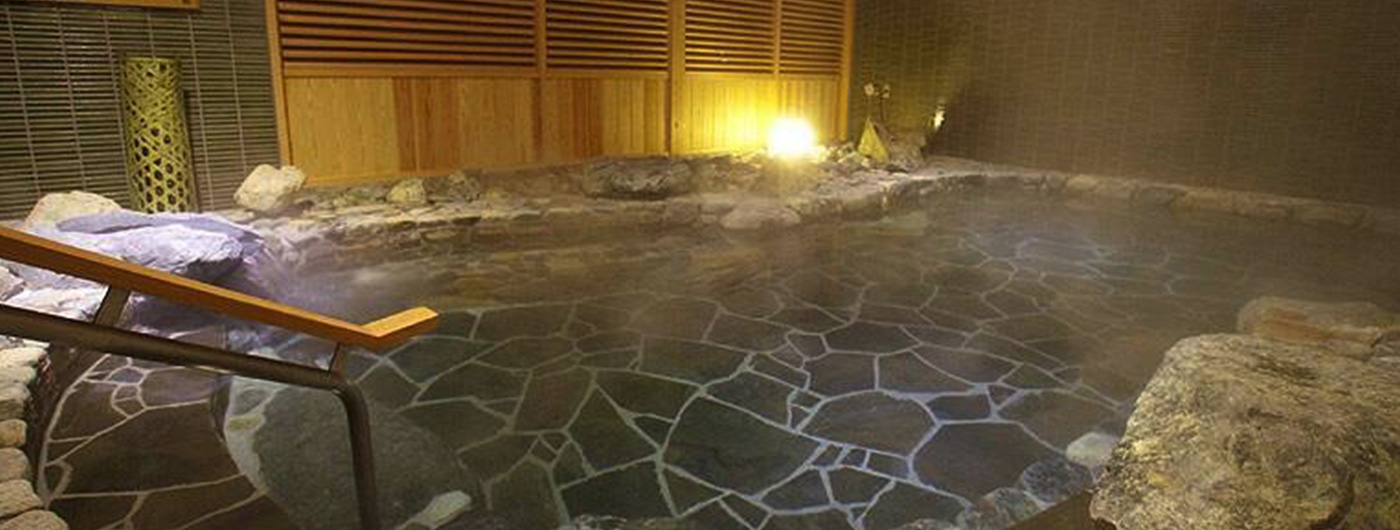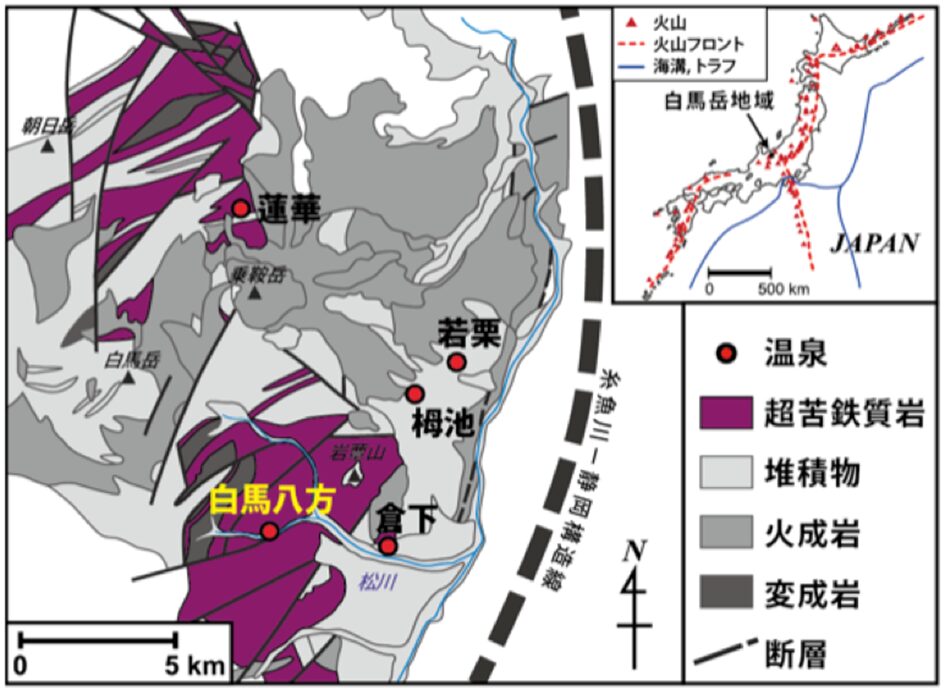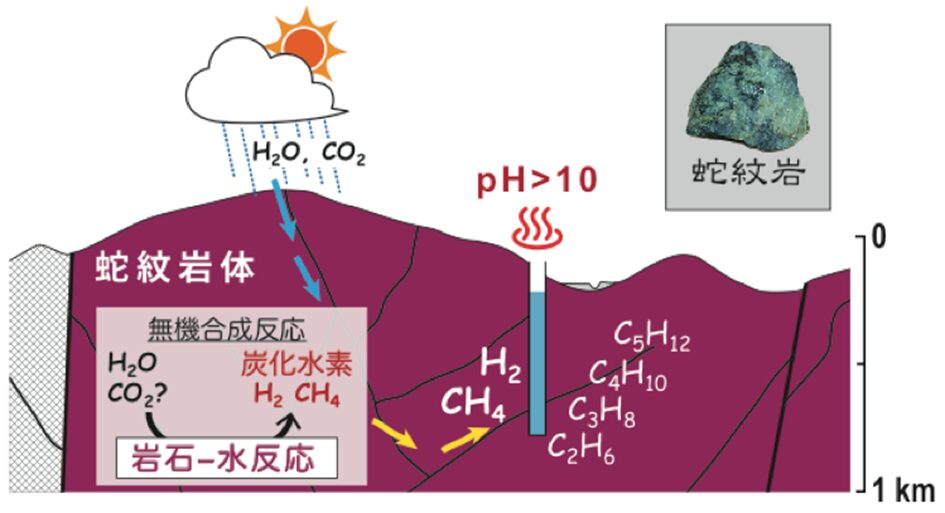ブログBLOG

Language

2024.02.19
From a scientific perspective, Hakuba-Happo Onsen is a fascinating hot spring area that contains clues to the "origins of life”, including when, where, and how life was first created. Visitors are invited to contemplate these alluring questions whilst enjoying a relaxing soak in the hot spring water. The hot springs of Hakuba-Happo Onsen are characterized by the strongly alkaline nature of the water, which has a pH of over 11, and for the fact that it is the only natural hydrogen spring resort in Japan, with a dissolved hydrogen concentration in the area near the source exceeding the standard levels typically found elsewhere. These 2 characteristics are mainly due to the special serpentine rock found throughout the area. Hakuba Village is located near to the Itoigawa-Shizuoka Tectonic Line, which sits on the western edge of the Fossa Magna, a great rift that separates the north-eastern and south-western parts of Japan.

The tectonic movements which occur in this area mean that Happo-One is a rare place where serpentine rocks are exposed above ground, and these rocks have played a big role in the history and geology of the area. Serpentinite is formed by the reaction of water with the mantle deep underground, and then makes its way to the surface following tectonic movements. The serpentinite belts found along the fault line running out of Happo-One are scarce in number: there are only a few other belts in Japan, like those located on Mount Apoi in Hokkaido, Mount Shitsubutsu in Oze, and a few parts of the Tanigawa mountain range. However, it is said that there is no other place in Japan where serpentine rocks appear on the earth’s surface over such a wide area as at Happo-One.
At Hakuba Happo Onsen, the hot spring water formed by the reaction of this serpentine rock with hot water is highly alkaline, has a very high hydrogen content, and contains methane and other carbohydrates that are considered the basis of life. Furthermore, it has been found that the number of bacteria is extremely low compared to other hot springs, making it resemble the environmental conditions that would have existed when the first forms of life emerged on Early Earth.

Due to these unique environmental conditions, the Earth-Life Science Institute (ELSI) of the Tokyo Institute of Technology has been conducting research and analyzing samples taken from the hot spring area, and Hakuba Happo Onsen has recently been attracting attention worldwide as being a possible key to solving the mysteries of “the origins of life”.
(More detailed information can be found in the Hakuba Happo Onsen Newsletter Vol.1: The Ancient Romantic Story of Hakuba Happo Onsen)
Furthermore, the unique environment and vegetation created by the serpentine rocks in Happo-One has had a significant impact on the lives of local people, and is now embedded in the local culture and folklore. Indeed, a sacred portable shrine made of serpentine rock is even paraded through the streets to Hosono Suwa Shrine as part of the annual Autumn festival held in the Happo area.
(More detailed information can be found in the Hakuba Happo Onsen Newsletter Vol.2: Serpentine Rock and the Geological Climate of Hakuba Happo-One)
Related website: ELSI (Earth-Life Science Institute of the Tokyo Institute of Technology) https://www.elsi.jp/
つるつるたまご肌。
白馬八方温泉で
ほっと寛ぐひととき。
